5 Basic Tools and Gear You'll Need for a Day at the Drag Strip
Driving your street car to a local drag strip’s test and tune or grudge racing night is the ideal opportunity to race your car on a track and get a legitimate time slip. It’s one of the easiest ways to indulge in motorsports, and it can be done without much added expense. There are just a handful of things to consider before heading out for a track day that well help to avoid delays or disappointments. First, in order to race, your car will have to pass a tech inspection.
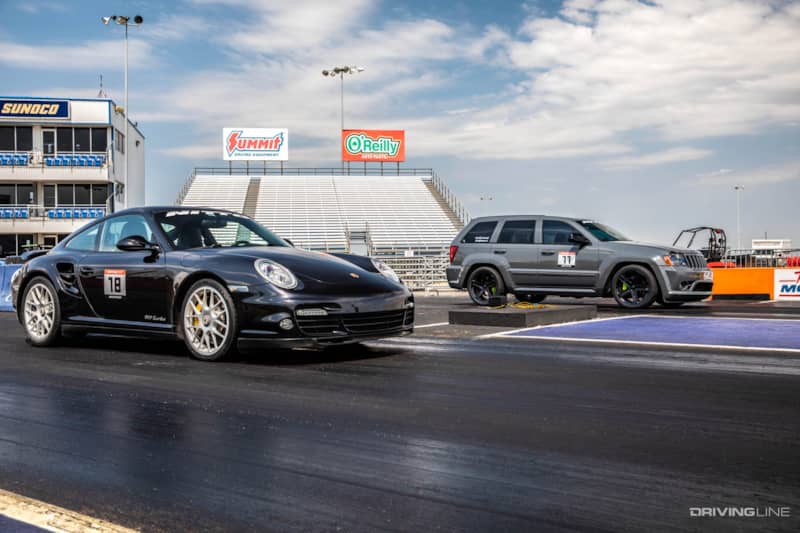
The requirements for racing vary on which sanction you’re entering, a few of the most popular being the NHRA, IHRA and WDRA. General safety rules are based on how quick the car is. A mostly OEM daily driver in good condition shouldn’t need much to hit the track. Just make sure the vehicle doesn’t have any major leaks or loud knocks. No one wants to be “that person” to oil down a track and cause delays. Most newer vehicles will have what’s needed from the factory. Each sanction’s requirements are fairly straightforward, just be sure to read the rules well in advance of race day just in case minor changes are needed. Oh, in case it needs to be said, clean out the inside of your car, too.

Now that your car is cleaned out and otherwise up to spec, it’s time to pack for the drag strip. Weather and breakdowns can be unpredictable, so it’s best to be over-prepared if space allows. We’ll start with the basics, the top five most important tools and gear that you need at the dragstrip.
1. Pack an Accurate Tire Gauge
Arguably one of the most important but frequently forgotten tools to bring to the track is an accurate tire gauge. A good tire pressure gauge is essential in achieving optimal traction from your tires. No two gauges will read exactly the same, but as long as yours is consistent and you don’t compare it with other people’s gauges, an inexpensive dial-type or digital gauge will do just fine. All you need out of it is to adjust the air pressure up or down to find that “sweet spot” for the best run down the track.

Every vehicle requires a different PSI setting. Optimal pressure depends on the tire type, wheel width, vehicle weight and chassis configurations, and overall track conditions. It’s important to note that the tire pressure must be equal across the front and rear tires for every run. Over-inflated tires, especially in the front, could cause loss of directional control or hopping over track surface imperfections. Once you find the perfect pressure realm, your car will lift out of the staging beams quicker for better reaction times while maintaining control in a straight line. The higher you can run the pressure, the faster the car will go, but if you go too high the tires will slip and lose traction. A lower pressure will increase drag due to the tire flexing where it contacts the ground.
Never exceed the PSI guidelines of the tire. Check with your tire supplier or befriend successful racers in your class to figure out a good starting point. A general rule of thumb for on-road pressure is to follow the typical factory recommended setting, and at the track, start at around 20 PSI and adjust from there, monitoring the tires for slippage.
2. Make Sure Your Tires are in Good Condition
Tires provide the traction that pushes you down the dragstrip, so it’s important to have a good set. The compounds in older tires, say five years or older, may begin to break down and harden, which could cause disaster, or embarrassment at best, when heated on the track. If you’re driving a RWD or FWD vehicle, swapping street tires for drag radials on your driving wheels makes for an easy performance and handling upgrade. Or if you don’t plan to swap tires at the track, it’s still a good idea to bring spares, especially if you plan to drive home.
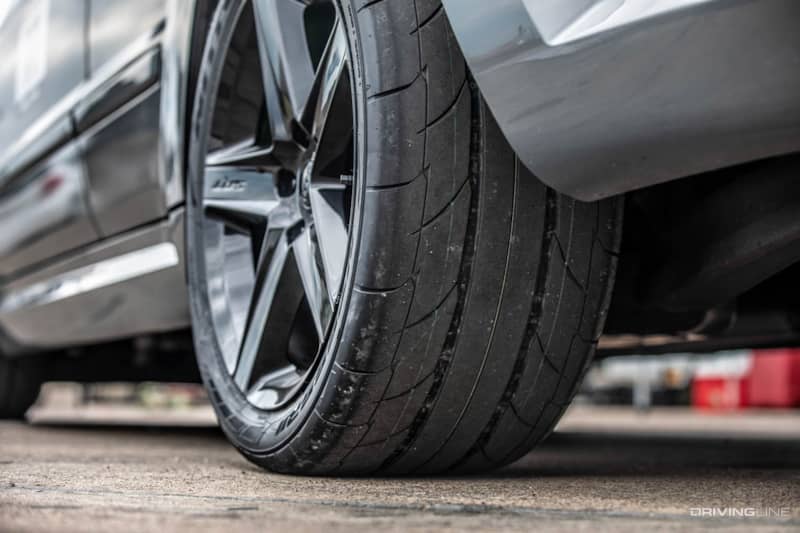
Nitto’s ultra-high-performance summer tire, the NT555 G2, provides an unbeatable combination of traction for the dragstrip or street, while still offering a long tread life and surprisingly good ride quality for city and highway daily driving. Or, if you’re looking to get the most out of your car, Nitto’s NT555RII is one of the safest D.O.T.-compliant competition drag radials in the industry. The NT555RII is built to travel to and from the dragstrip, even on wet roads, and then handle all the horsepower at the track. In fact, this tire is specifically designed to improve 60-foot times.
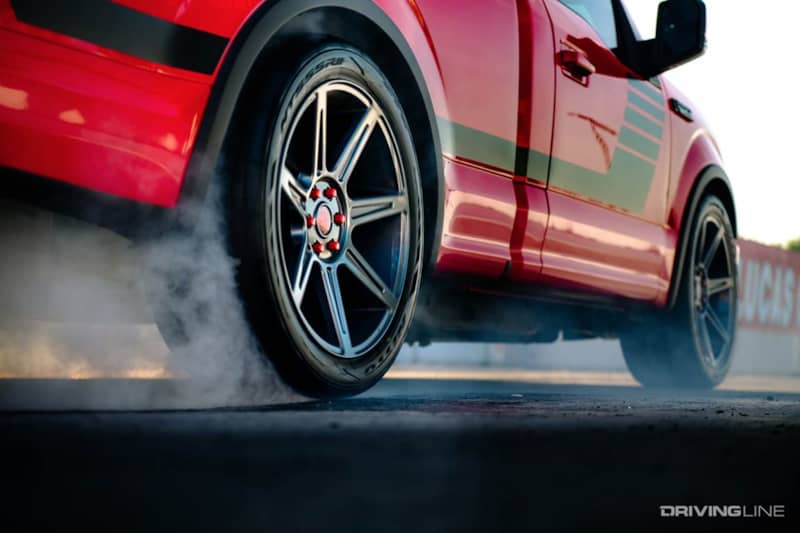
If you're undecided, Nitto also recommends combining the NT555 G2 with the NT555RII. Both tires have similar tread patterns, so running NT555RII on the drive axle and a pair of NT555 G2 in the front allows for a well-rounded combination of traction, tread wear and ride quality.
3. Prepare Yourself with Proper Clothing
It’s more fun to focus on getting your car ready for the track, but you need to be ready, too. Leave the flip-flops, tank tops and daisy dukes at home (this applies to everyone), and bring your closed-toe shoes, long pants and a T-shirt at the very least. If you don’t, you’ll be taking an emergency trip to the store in order to race.

According to the NHRA’s general safety requirements for street cars, you won’t need a helmet unless your car runs faster than 13.99-seconds in the quarter mile (8.59-seconds in the eighth). Even if you don’t plan to beat that time, it’s still a good idea to have a helmet that meets Snell 2000 or better standards. Note that a full-face helmet is required in convertibles or open cars. If your vehicle is equipped with an aftermarket supercharger or turbocharger, or if you’re playing with nitrous, you’ll need a certified SFI 3.2A/1 jacket. No biggie, jackets are widely available for under $100. Hint: check Jegs.com.
4. Bring Water and Supplies
Make the track a home away from home by packing sustenance and creature comforts. Sunscreen and shade are essential for hot summer days, as is an ample water supply. Pack a cooler full of hydration and bring your favorite snacks. Heck, make it a track day picnic – when available, track food is often expensive and of marginal quality.
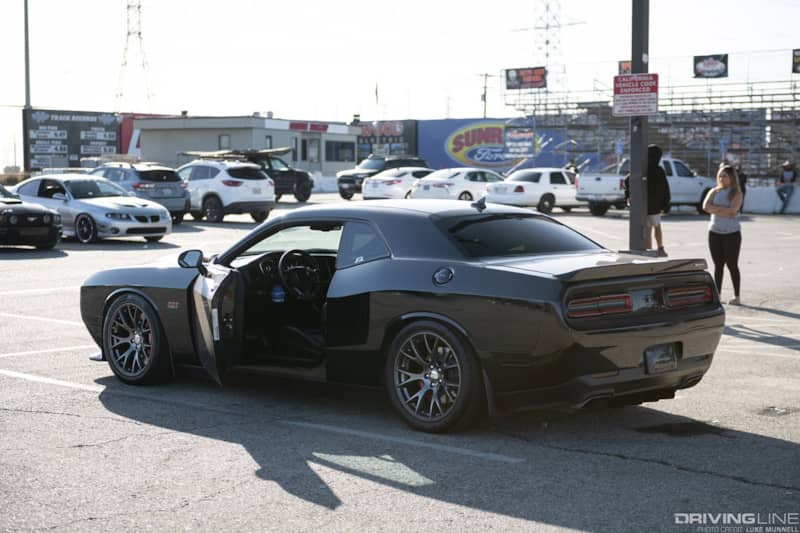
On sunny days, shade is a sought-after luxury at most dragstrip locations, so you may thank yourself later for bringing a beach umbrella or pop-up tent. Nighttime races can get chilly, pack whatever you need to stay comfortable throughout the day. Rumor has it, if you pack in preparation for rain, the rain won’t happen (sometimes it works).
5. Take all the tools and spare parts
Remember when we said it’s best to over-prepare when space allows? This is it… Pack all the tools and spare parts that will fit. Bonus points if you’re good at Tetris. The topic of which tools to bring to the dragstrip could get extensive enough to be its own article, but for now let’s at least scratch the surface.
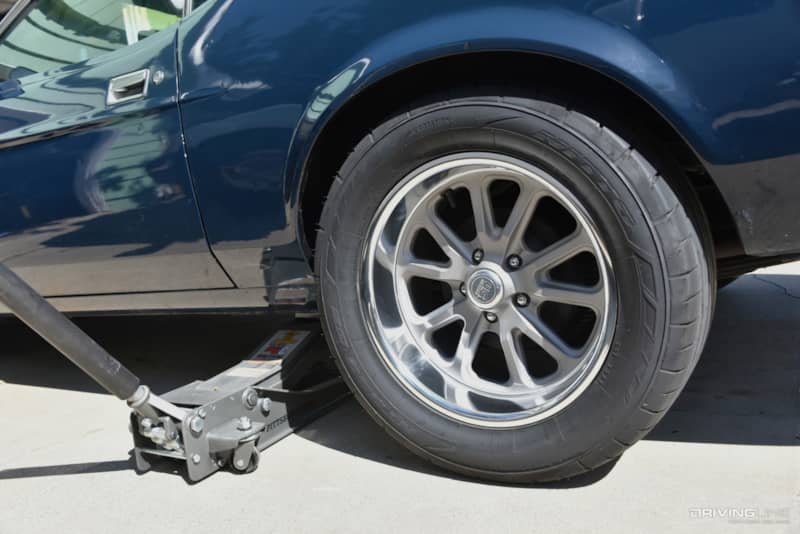
Every driver should take a basic set of tools to the track, even when driving a newer or more reliable vehicle. If you plan on making any adjustments, like tweaking carburetor jets or fine-tuning the chassis, you’ll need the correct tools and spare parts. Depending on your needs, you may opt to buy a tool kit and add more as you go. This 194-piece kit from Teng Tools, 185-piece tool set with carry box from BOXO, or this 121-piece introductory set from GearWrench are good options to start with.
Some racers bring a generator, portable air compressors and welders, but we’re not looking to empty the checking account. More importantly, especially if you opt to swap wheels/tires at the dragstrip, you’ll want to dig a little deeper than that jack and lug wrench that came with your car. Including a compact pump floor jack, breaker bar and a cordless impact wrench will make life easier in the pits. And a jack stand, because safety first.
More From Driving Line
- New to drag racing? Find out what the numbers on your timeslip really mean, or take a deeper dive into what it’s like to race with Nitto NT555RII D.O.T. compliant drag radials.







